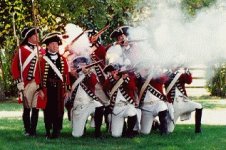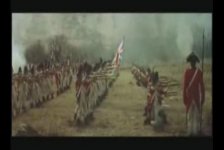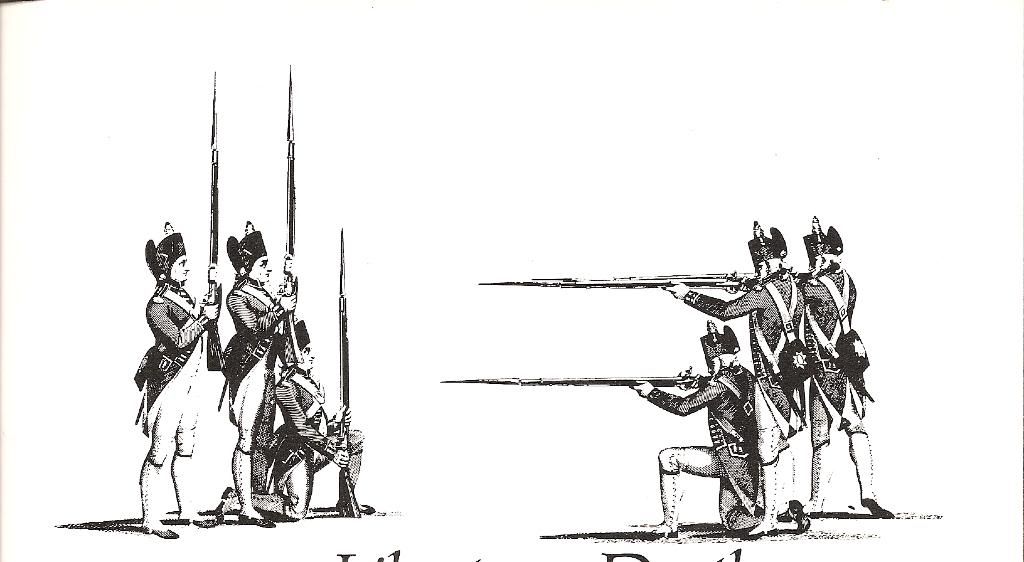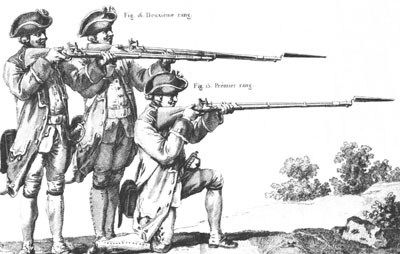Cornwallis
Sergeant
- Joined
- Aug 6, 2008
- Messages
- 626
Does anyone know which of these firing formations is more historically accurate?
In one there is a gap of well over a metre between those in the fronk rank kneeling down firing and those standing firing behind them.
In the other they are alot more compact and the kneeling soldier is literally on the boots of the guy behind.
I would just like to get my diorama as accurately as possible in terms of the formation.
In one there is a gap of well over a metre between those in the fronk rank kneeling down firing and those standing firing behind them.
In the other they are alot more compact and the kneeling soldier is literally on the boots of the guy behind.
I would just like to get my diorama as accurately as possible in terms of the formation.





